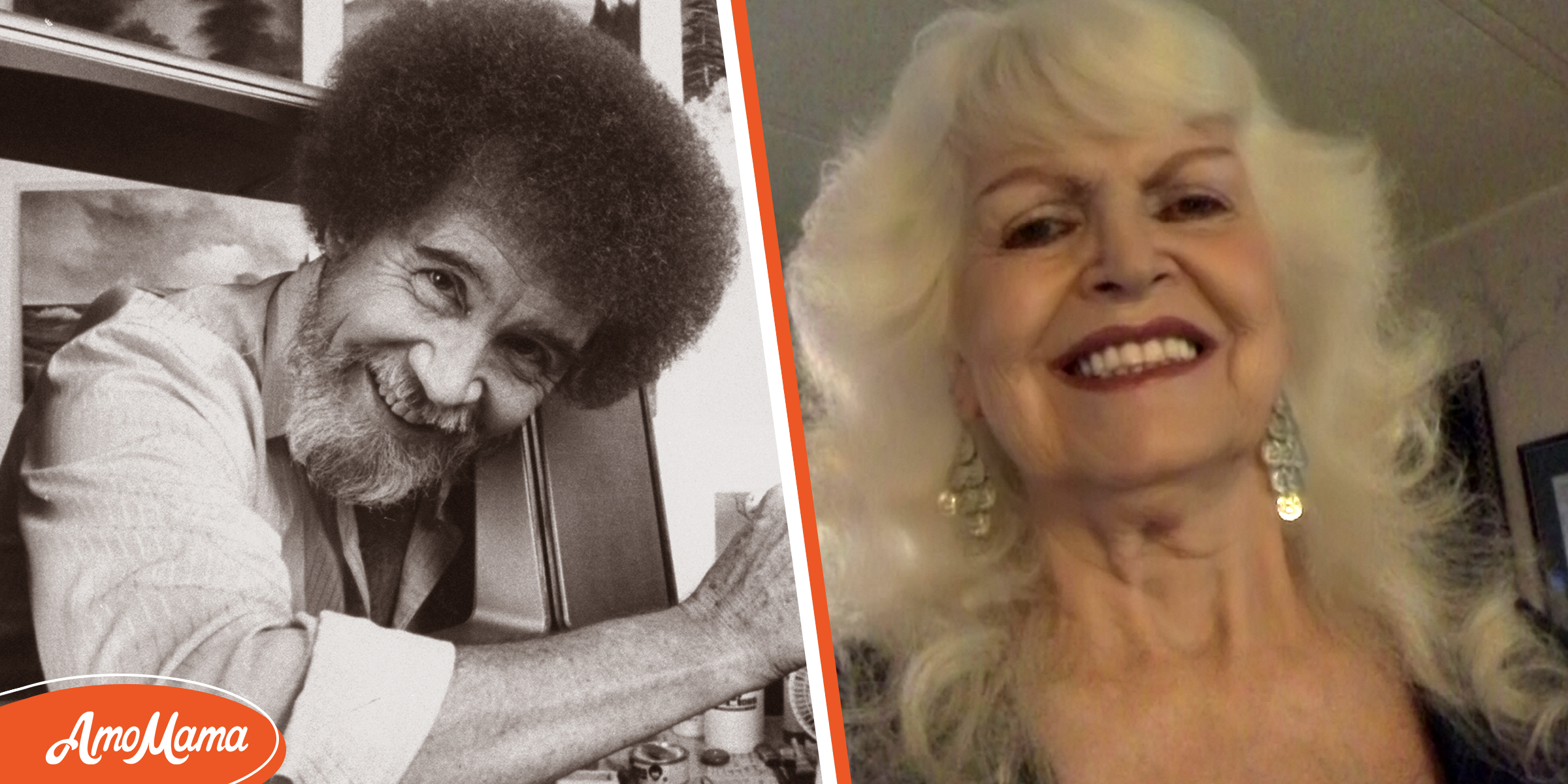Bob Ross: Marriages, Family, And Legacy
Was Bob Ross, the tranquil painter of happy little trees, as serene behind the canvas as he appeared on screen? The answer, revealed in recent years, is a complex and often troubling narrative of love, loss, and legal battles that paint a portrait far more intricate than his signature landscapes.
Bob Ross, born Robert Norman Ross on October 29, 1942, in Daytona Beach, Florida, captivated audiences with his soothing voice and effortless painting technique. His PBS show, The Joy of Painting, ran for over a decade, introducing millions to the pleasures of oil painting. But the public persona of a gentle soul masked a life marked by personal struggles and professional controversies, particularly surrounding the control of his name and likeness after his death from lymphoma in 1995 at the age of 52.
| Full Name: | Robert Norman Ross |
| Born: | October 29, 1942, Daytona Beach, Florida, USA |
| Died: | July 4, 1995, New Smyrna Beach, Florida, USA |
| Occupation: | Painter, Art Instructor, Television Host |
| Known for: | The Joy of Painting |
| Spouse(s): | Vivian Ridge (m. 1965; div. 1977), Jane Ross (m. 1977; d. 1992), Lynda Brown (m. 1995) |
| Children: | Robert Stephen "Steve" Ross |
| Reference: | Biography.com |
Ross's personal life was a tapestry woven with threads of both joy and sorrow. He married three times. His first marriage to Vivian Ridge in 1965 produced his son, Steve Ross, who also became a painter. This marriage ended in divorce in 1977. Later that year, he married Jane Ross, who became deeply involved in his burgeoning business empire. Her death from cancer in 1992 deeply affected him. He married Lynda Brown just months before his own passing in 1995.
Beyond the marriages, the Netflix documentary Bob Ross: Happy Accidents, Betrayal & Greed (2021) unveiled a controversial affair with Annette Kowalski, a business partner who, along with her husband Walt, played a pivotal role in building the Bob Ross brand. The documentary alleges that the Kowalskis exerted increasing control over Ross's business affairs, ultimately leading to a bitter legal battle over the rights to his name and likeness after his death. This fight continues to this day, pitting Steve Ross and other supporters against the Kowalski family.
Ross's gentle demeanor and accessible approach to painting democratized the art form, empowering countless individuals to pick up a brush and discover their own creative potential. He emphasized the joy of the process over technical perfection, famously encouraging viewers to embrace "happy accidents" and find beauty in imperfection. This philosophy resonated deeply with audiences and continues to inspire aspiring artists today.
The Netflix documentary sparked renewed interest in Ross's life and legacy, prompting discussions about artistic ownership, exploitation, and the complexities of posthumous image control. While the controversy surrounding his business dealings has cast a shadow over his image, it has also underscored the enduring power of his artistic contributions and his profound impact on the world of art.
From military service in the Air Force to his discovery of the wet-on-wet painting technique under the tutelage of Bill Alexander, Ross's journey was one of transformation and reinvention. He transitioned from a disciplined military career to the world of art, ultimately finding his calling in teaching others the joy of creative expression. His legacy continues to inspire, prompting us to reflect not only on the happy little trees he brought to life on canvas but also on the complex human story behind the brush.
The Bob Ross story is more than just a tale of artistic triumph; it's a poignant reminder of the human condition, filled with both beauty and struggle. It raises important questions about the price of fame, the importance of protecting one's creative legacy, and the enduring power of art to connect us, even in the face of adversity. The debate sparked by the documentary ensures that the conversation surrounding Bob Ross, his art, and his legacy, continues to evolve, adding new layers of meaning to the man behind the happy little trees.


